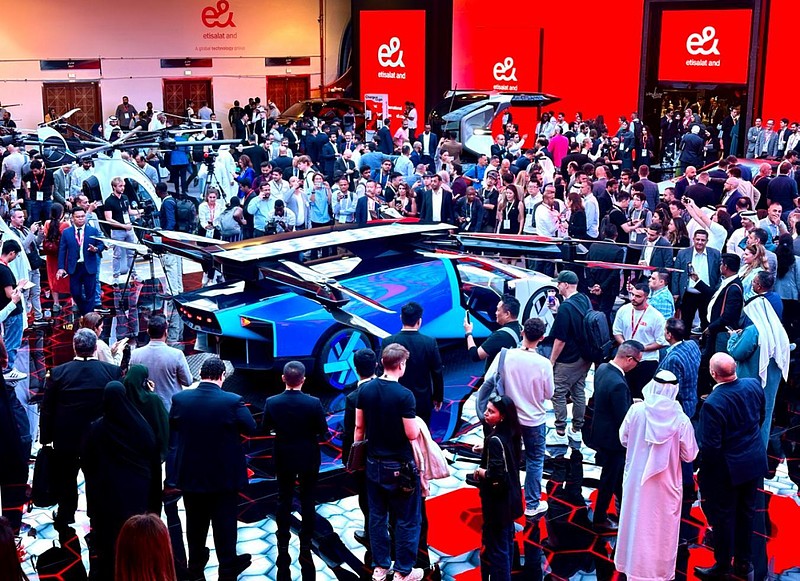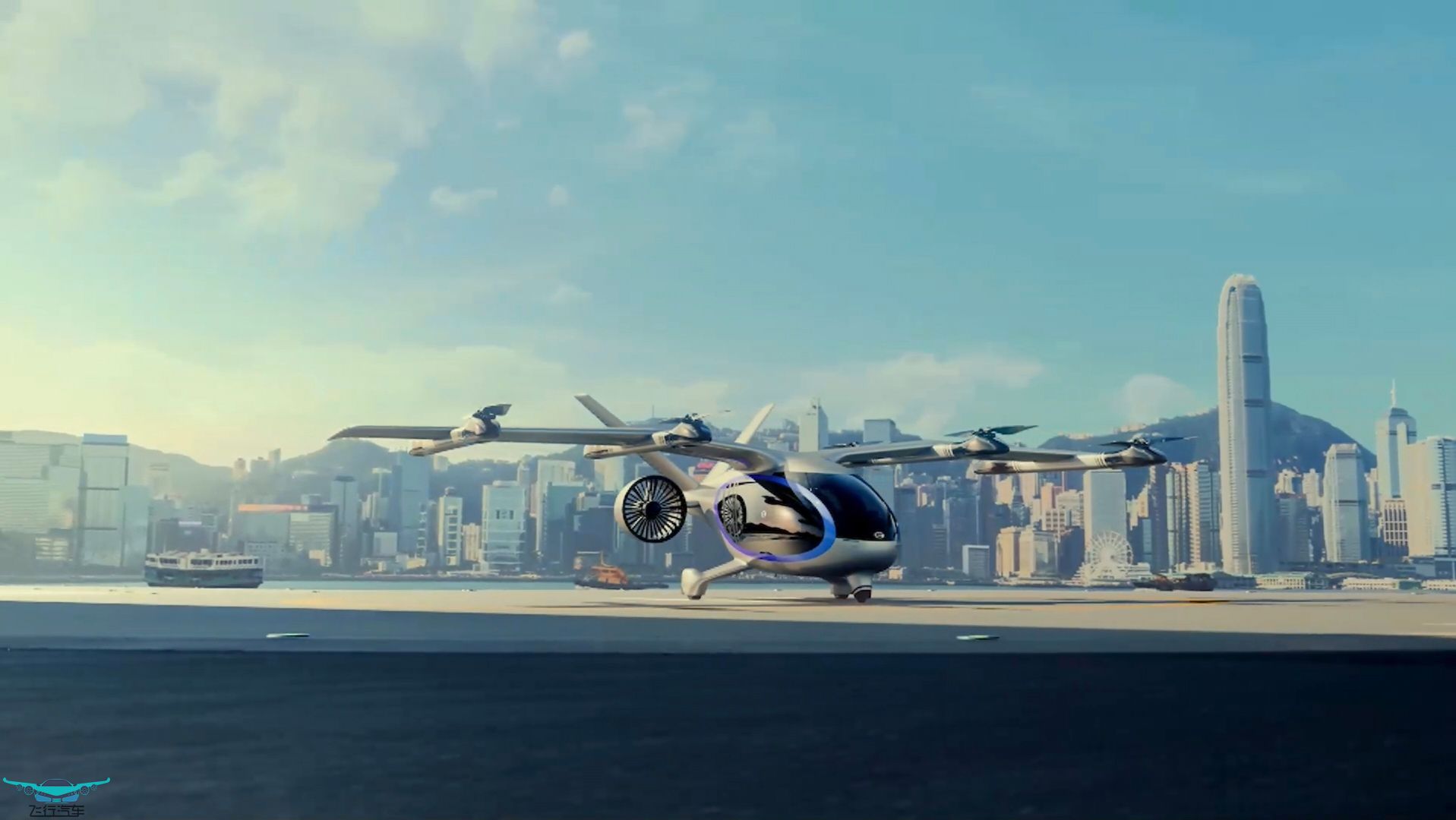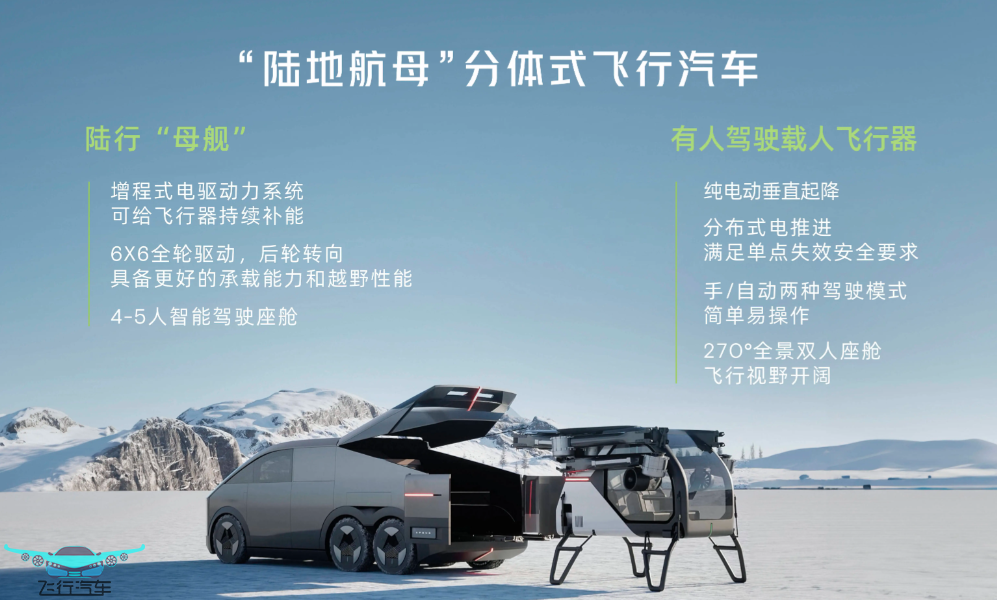飞行汽车未来已来?商业化之路究竟有多远?
摘要:飞行汽车技术快速发展,企业积极布局,政策支持增加,但商业化仍面临技术、法规、基础设施和市场等挑战。需多方努力解决,预计10-20年内可能逐渐商业化,具体时间不确定。
Abstract: The rapid development of flying car technology, active layout of enterprises, and increased policy support, but commercialization still faces challenges in terms of technology, regulations, infrastructure, and market. Multiple efforts are needed to resolve the issue, and it is expected to gradually commercialize within 10-20 years, with an uncertain timeline.

发展现状表明未来已来
技术快速进步:近年来飞行汽车技术取得了显著进展。在动力技术方面,电动垂直起降飞行器(eVTOL)成为主要发展方向,电动技术具有环保、低噪音等优点,并且一些企业已经推出了高能量密度的动力电池,能够满足一定的飞行需求。例如孚能科技已率先量产交付 eVTOL 动力电池,并在不断提高电池的能量密度。飞行控制技术也在不断提升,自动驾驶技术、导航系统、避障系统等逐渐应用于飞行汽车,提高了飞行的稳定性和安全性。
企业积极布局:众多企业纷纷涉足飞行汽车领域,包括传统车企如吉利、广汽,造车新锐企业如小鹏汇天,以及初创公司如峰飞航空、亿航智能等。这些企业投入大量资源进行研发,部分企业的飞行汽车已经完成了试飞、获得型号合格证或取得了采购订单。
政策支持增加:政府对飞行汽车的发展给予了高度关注和支持,将部分地区划定为无人驾驶航空试验基地和低空飞行改革试点省份、城市,还出台了一系列政策文件对飞行汽车的发展进行规划和部署。例如《绿色航空制造业发展纲要(2023-2035 年)》提出了飞行汽车相关的发展目标和技术要求。
The current development status indicates that the future has arrived
Rapid technological advancement: In recent years, significant progress has been made in flying car technology. In terms of power technology, electric vertical takeoff and landing vehicles (eVTOL) have become the main development direction. Electric technology has advantages such as environmental protection and low noise, and some companies have launched high-energy density power batteries that can meet certain flight needs. For example, Funeng Technology has taken the lead in mass producing and delivering eVTOL power batteries, and is continuously improving the energy density of the batteries. Flight control technology is also constantly improving, with autonomous driving technology, navigation systems, obstacle avoidance systems, etc. gradually being applied to flying cars, improving the stability and safety of flight.
Active layout of enterprises: Many companies have entered the field of flying cars, including traditional car companies such as Geely and GAC, emerging car manufacturers such as Xiaopeng Huitian, and start-up companies such as Fengfei Aviation and Yihang Intelligence. These enterprises have invested a lot of resources in research and development, and some of their flying cars have completed test flights, obtained model certificates, or obtained purchase orders.
Increased policy support: The government has given high attention and support to the development of flying cars, designating some areas as unmanned aerial testing bases and low altitude flight reform pilot provinces and cities. A series of policy documents have also been issued to plan and deploy the development of flying cars. For example, the "Outline for the Development of Green Aviation Manufacturing Industry (2023-2035)" proposes development goals and technical requirements related to flying cars.

商业化仍面临诸多挑战
技术层面:
续航里程有限:目前飞行汽车的电池能量密度仍然有待提高,导致续航里程较短,难以满足长途出行的需求。例如一些飞行汽车的续航里程仅在几百公里左右,与传统汽车相比还有较大差距。
飞行稳定性和可靠性有待提升:飞行汽车需要在复杂的气象条件和城市环境中飞行,对飞行控制系统的稳定性和可靠性要求极高。目前的技术还需要进一步验证和完善,以确保飞行的安全。
噪音问题:飞行汽车在飞行过程中会产生较大的噪音,可能会对城市居民的生活造成干扰,需要在技术上进行改进以降低噪音。
法规层面:
适航认证复杂:飞行汽车作为一种新型航空器,需要通过严格的适航认证,确保其安全性和可靠性。适航认证的标准和程序还在不断完善中,这需要企业投入大量的时间和精力。
空中交通管理法规缺失:目前全球范围内还没有统一的空中交通管理法规来规范飞行汽车的飞行,各国政府需要共同参与制定相关法规,明确飞行规则、驾驶员资质、空域使用等方面的要求。
基础设施层面:
起降点不足:飞行汽车需要专门的起降点,但目前城市中起降点的数量严重不足,建设起降点需要占用大量的土地资源和资金投入。
充电设施不完善:电动飞行汽车需要便捷的充电设施,但目前充电设施的建设还远远不能满足需求,充电时间长、充电效率低等问题也制约了飞行汽车的发展。
市场层面: 成本高昂:飞行汽车的研发、生产和运营成本较高,导致其售价昂贵,超出了大多数消费者的承受范围。目前飞行汽车的价格从数百万到数千万不等,市场需求受到限制。
消费者接受度低:飞行汽车作为一种新型交通工具,消费者对其安全性、可靠性和操作便利性还存在疑虑,需要通过市场推广和宣传来提高消费者的接受度。
Commercialization still faces many challenges
On a technical level:
Limited range: Currently, the battery energy density of flying cars still needs to be improved, resulting in shorter range and difficulty in meeting the needs of long-distance travel. For example, some flying cars have a range of only a few hundred kilometers, which is still far behind traditional cars.
Flight stability and reliability need to be improved: Flying cars need to fly in complex weather conditions and urban environments, which require extremely high stability and reliability of the flight control system. The current technology still needs further validation and improvement to ensure flight safety.
Noise issue: Flying cars generate significant noise during flight, which may disrupt the daily lives of urban residents. Technical improvements are needed to reduce noise levels.
At the regulatory level:
Airworthiness certification is complex: As a new type of aircraft, flying cars require strict airworthiness certification to ensure their safety and reliability. The standards and procedures for airworthiness certification are still being continuously improved, which requires enterprises to invest a lot of time and effort.
Lack of air traffic management regulations: Currently, there is no unified air traffic management regulation worldwide to regulate the flight of flying vehicles. Governments of various countries need to jointly participate in the formulation of relevant regulations, clarify requirements for flight rules, pilot qualifications, airspace use, and other aspects.
At the infrastructure level:
Insufficient takeoff and landing points: Flying cars require specialized takeoff and landing points, but currently the number of takeoff and landing points in cities is seriously insufficient, and the construction of takeoff and landing points requires a large amount of land resources and capital investment.
Inadequate charging facilities: Electric flying cars require convenient charging facilities, but the current construction of charging facilities is far from meeting the demand. Long charging time and low charging efficiency also constrain the development of flying cars.
Market level: High cost: The research and development, production, and operation costs of flying cars are high, resulting in their expensive prices that exceed the affordability of most consumers. At present, the prices of flying cars range from millions to tens of millions, and market demand is limited.
Low consumer acceptance: As a new type of transportation, flying cars still have doubts about their safety, reliability, and ease of operation, and it is necessary to improve consumer acceptance through market promotion and publicity.

总体而言,飞行汽车的商业化之路还面临着技术、法规、基础设施和市场等多方面的挑战,需要政府、企业和社会各界共同努力,逐步解决这些问题,才能推动飞行汽车的广泛商业化应用。预计在未来 10 - 20 年左右,飞行汽车可能会逐渐实现商业化,但具体时间仍具有不确定性。
Overall, the commercialization of flying cars still faces challenges in terms of technology, regulations, infrastructure, and market. It requires joint efforts from the government, enterprises, and all sectors of society to gradually solve these problems in order to promote the widespread commercial application of flying cars. It is expected that flying cars may gradually achieve commercialization in the next 10-20 years, but the specific time is still uncertain.(文/飞行汽车 feiauto)
欢迎与我们联系
在这里,提交您的问题,我们会尽快联系您
如果急需回复,请致电400-188-0263
免责声明:本站所有信息均来源于互联网搜集,并不代表本站观点,本站不对其真实合法性负责。无商业用途,图文内容仅供参考。如侵权请告知即删,转载需注明出处。欢迎各大媒体和自媒体,注册投稿飞行汽车相关信息。(文/飞行汽车 feiauto)






